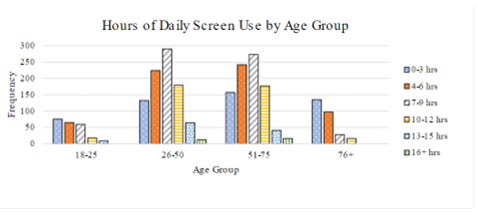What is a hypothetical explanation for an occurrence that is based on prior knowledge called?
A. Independent variable
B. Dependent variable
C. Trial
D. Hypothesis
A hypothesis is the use of prior knowledge in order to provide a hypothetical explanation for why something may or may not occur. A hypothesis can be proved wrong or right based on the results of the experiment and repeated trials.
Therefore, the Correct Answer is D.



